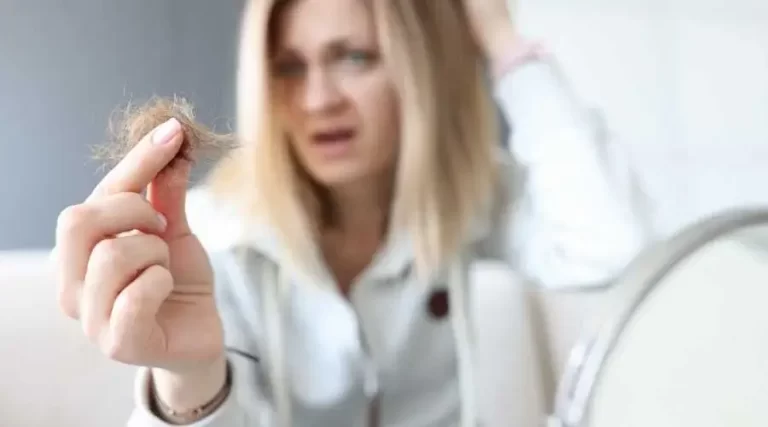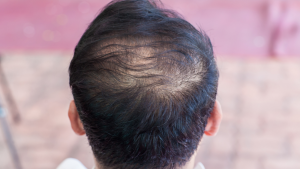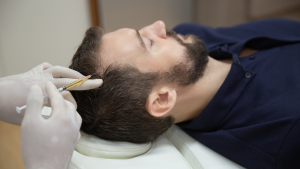It’s a widespread myth that males are the only ones who suffer from hereditary hair loss. Androgenetic alopecia, or androgenetic alopecia for short, is not only the most prevalent cause of hair loss in males but also the most common cause of hair loss in women. In most cases, a widening portion, widespread thinning, or patches of baldness are the first visible signs of hair loss in women.
It’s more frequent than you would think for women to experience hair loss, but it does not imply that you must accept and put up with it.
Other Contributing Factors
AGE
Often, a receding hairline indicates aging. After some time, more hairs will enter the resting phase of the hair development cycle, while the remaining hairs will become thinner and shorter. This kind of alopecia is referred to as involutional alopecia.
Cancer Treatment
Some chemotherapy treatments and radiation therapies may cause you to lose your hair.
Changes in Hormone Levels
Because of the hormone imbalances that accompany childbirth and menopause, both of these life events are major triggers for hair loss.
Chemical Hair Treatments
the substances that are used to dye hair, perms, and relaxers have the potential to cause harm that will make your hair break,
giving the illusion that your hair is becoming thinner overall.
Conditions and Disorders
Several illnesses and conditions may cause hair loss, such as trichotillomania and alopecia areata.
Diet and Nutrition
Additionally, there are eating problems like bulimia and anorexia.
A poor diet may lead to hair loss. A poor diet of protein and iron can also contribute to hair loss.
Diseases
Hair thinning may be caused by a wide variety of medical problems, the most common of which being thyroid illness and autoimmune diseases like lupus.
Harsh styling Practices
Using heat styling products like blow dryers, curling irons, and straighteners on your hair regularly may cause damage to your hair. Even if you don’t do anything else to your hair, pulling it back into tight fashions like braids, buns, or ponytails for lengthy periods of time may trigger hair loss.
Prescription Drugs
Various drugs, including those recommended for heart problems,
sadness, excessive blood pressure, birth control, and medications that thin the blood have been linked to hair loss.
A Female Pattern of Baldness According to the Ludwig Scale
The Ludwig Classification Scale, which depicts the progression of female pattern baldness, is often referred to by specialists to assist women in getting a better understanding of their hair loss. Based on the degree of thinning, this scale classifies women’s hair loss into one of three distinct categories or degrees.
Grade 1
The thinning that occurs with this form of hair loss is quite slight. The thinning of hair at this period is often so subtle that it goes unrecognized. The look of the hair often thins down, but the front hairline does not recede as much as it would otherwise. Conversely, those whose hair loss is just of the Grade 1 kind will not see their hairline recede.
Grade 2
Women may notice a reduced volume and a broadening of their portion at this mild stage of menopause. A more significant part of the scalp may become exposed, and women may notice an increase in the quantity of hair that sheds.
Grade 3
This hair loss, sometimes referred to as widespread thinning, results in the top of the scalp having an almost see-through look. This is the most extreme kind of hair loss that women may experience.





